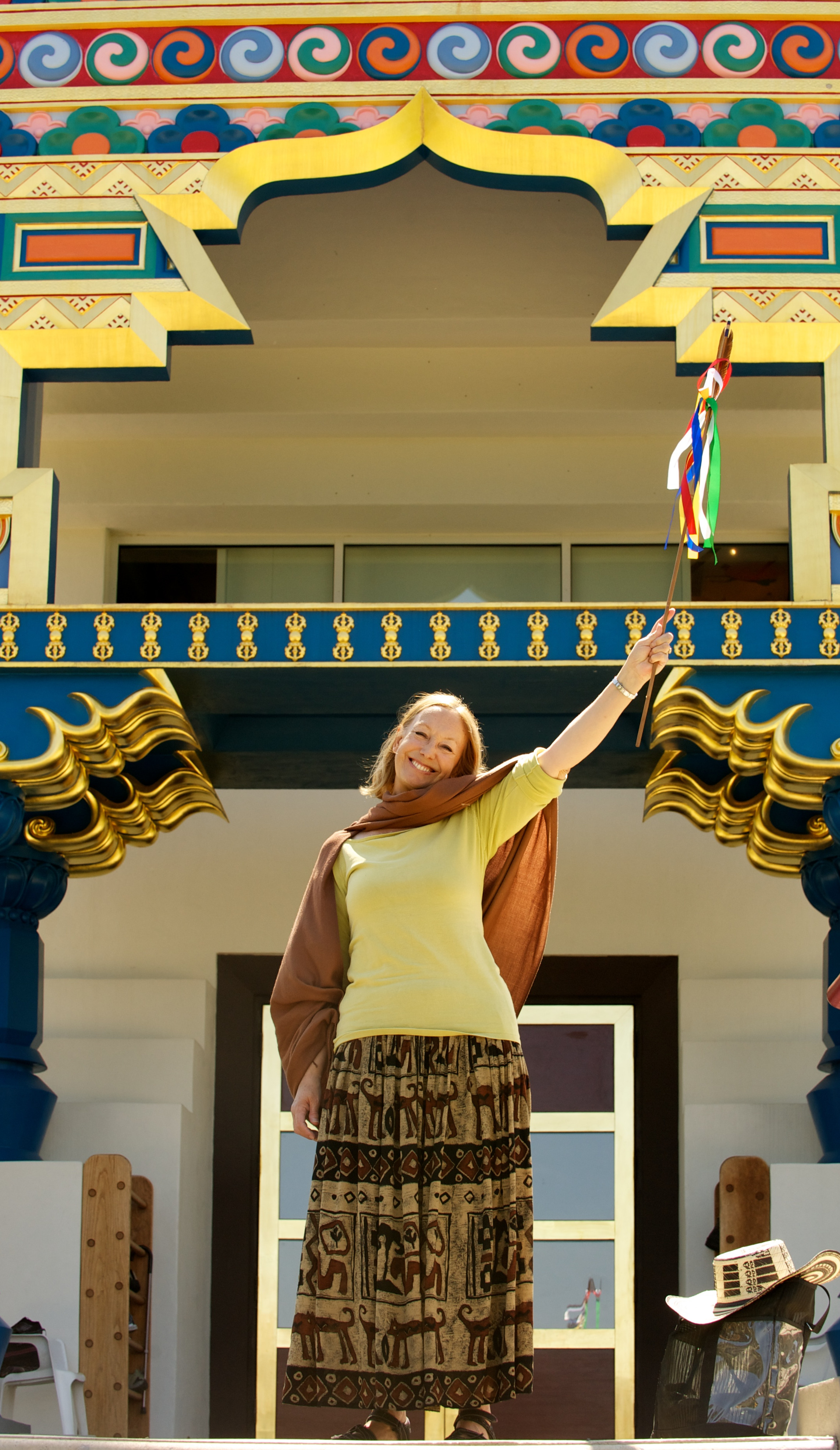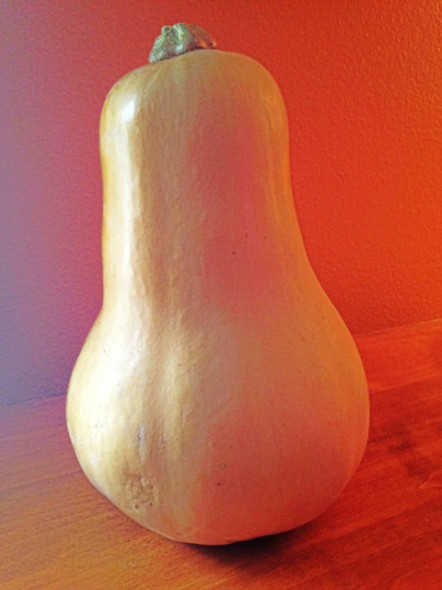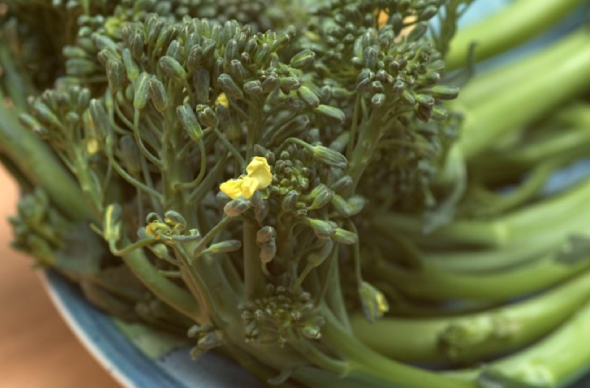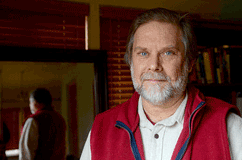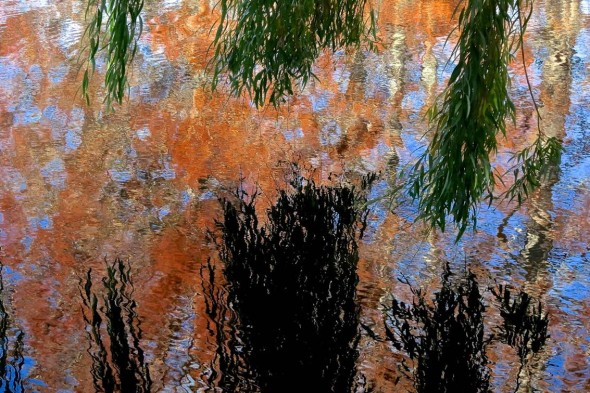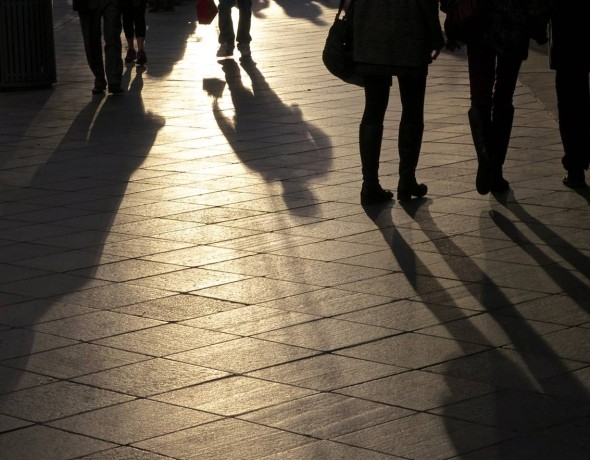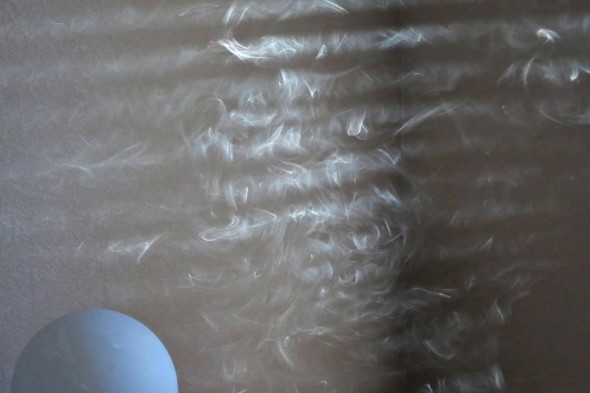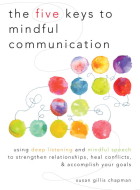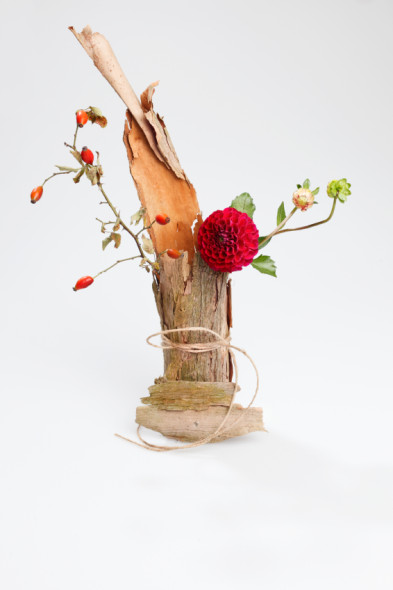He sees that the fundamental error of our time is materialism. Instead of accepting the Dalai Lama’s invitation to represent his lineage in the exile government of Tibet, he came to the West to teach. He was shocked by the amount of garbage his small groups of western students created while meditating for a week, equal to what a monastery in India creates in over a month.
Tenzin Wangyal Rinpoche believes that our complete subservience to wealth – material wealth – will be undermined when everybody has more sense of who we are. It will answer a lot of questions and alleviate a lot of confusion and suffering just by having an understanding of the stillness, silence, spaciousness at the core of experience. Having taught all over the world, Tenzin Wangyal Rinpoche has used Buddhism and the wisdom heritage of Tibetan Bon to help others make contact with their own luminous minds. From a lifetime of study, teaching, and practice, he is convinced that there are more awakening experiences to be found inside oneself, and it leads to enlightened actions, creativity, and peace without passivity.
Tenzin Wangyal Rinpoche characterizes Bon–the earliest religious tradition and practices of Tibet of which he is a scholar, teacher, and advocate–as being “very earthy”. Bon works with nature and the elements, it is sensitive to the environment and healing practices. Yet it also has dzogchen, a meditation of pure awareness. It is an awareness-of-inner-light practice and the highest achievement in this practice is said to be a body of light. So, he will tell you with a smile that comes as much from his eyes as his mouth, Bon is earthy and illuminating at the same time.
He was born in the first generation of Tibetan emigres. He became a monk at age ten and earned his Geshe, the Tibetan doctorate awarded after an eleven year program of study, in 1986. He founded the Ligmincha Institute, an international community for the preservation and integration of Bon Buddhism into the modern western world. And on May 31st to June 2nd he will be teaching dzogchen at Shambhala Mountain Center.




